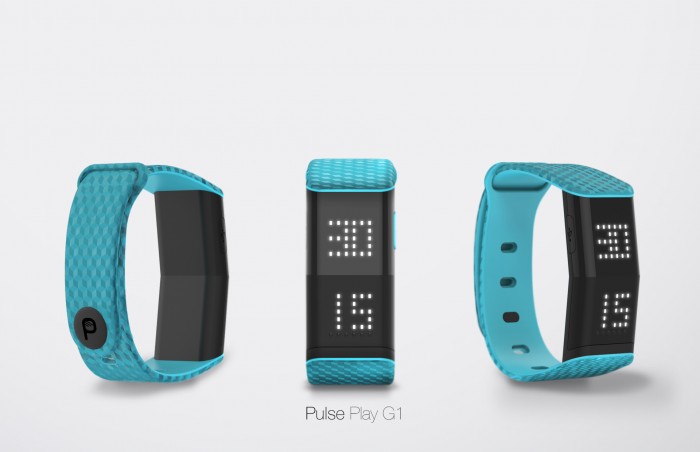New wearable apps developers might be surprised of the shift they need to make before designing their next solution. Intuitive interfaces and usability for wearables are completely different than mobile apps. Remember when you had to switch your interface from mouse clicks to thumbs when designing apps for tablets and smartphones? With wearables such as Google Glass or smart watches, you’ll need to think a little differently.
User Interface Design
With desktop apps, it’s all about the mouse and keyboard. With mobile devices, app creators had to switch to understanding usability with thumbs, zooming with two fingers, and creating content for tiny screens. Now, with wearables, app creators should think about how a user interacts with the device.
Let’s first take a look at Google Glass. The user puts on Google Glass and the interface is mostly speech commands with some index finger input from their right hand. It’s more challenging to understand the way users work with Glass because your user interface must be more speech-focused. Glass users “speak” to the device and see short slides that respond to input. Popups, long pages of text, and requiring input such as typing into input boxes are gone when you write apps for Glass.
With smart watches, it’s the same challenge except users interact with these wearables differently. With smart watches, users need quick information without long pages of text. Think of the way someone would use a smart watch – get directions, get the weather, check stock prices, or just get the time. Apps must cater to this type of user.
Read about software development company in Chicago.
Output on the Screen
The “screen” with wearables is not a large monitor. Let’s take a look at Google Glass again. Google Glass has an eye crystal that sits just above the right eye. Unless you’ve worn a pair of Google Glass, you probably don’t realize that output sits directly above the eye and not in front of it like some news outlets suggest. Sit down and look up at the ceiling without moving your head upward. After a few seconds of looking up, you’ll start to feel strain on your eyes. This is one of the challenges for wearable app designers – content must be short and to the point.
There are several apps on the market that turn news web pages into wearable apps, but it’s these apps that put a strain on the eye and aren’t user friendly. Think of wearable apps as “slides.” Each slide should have short snippets of text, maybe a few words. Having audio output is preferable since users can focus on current activities such as driving or walking without interruption.
With smart objects, app developers must be able to put themselves in the user’s shoes. Users probably aren’t looking for Wikipedia articles on their watches or wristbands. They are sports enthusiasts, traveling, or at the gym. They need quick information that they can look at and return to what they were doing. Wearable apps should output a few words and at most a couple of sentences, similar to the limitations with Google Glass.

Learning a New API
Some developers find it exciting to learn a new language. You’re not so much learning a new language with wearables but understanding a new API. Google Glass’ API is called Mirror, and it’s a RESTful service just like you would expect. If you want to make Glassware, you’ll need to understand Java. Glassware is based on Android, so it’s somewhat intuitive for Android developers, but iOS devs will need to make a switch.
There are a number of smart watches available, so there are fewer limitations with language since (like tablets and smartphones) you can focus on Android or iOS. Still, you’ll need to learn a new API service to get started. While this could be fun for most developers, some app creators would like to stick to the same platform and still make a living. Unfortunately (or fortunately), technology is always changing, so developers are forced to keep up or become outdated – think COBOL developer.
Want to learn more about use of Google Glass in digital medicine? Sign up below to get a notification when my next post has been published! And don't forget to follow Intersog in Twitter and LinkedIn!
Images: ShutterStock, pulse-play.com






